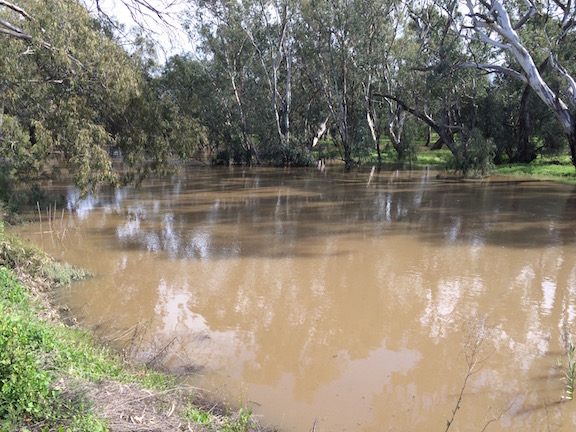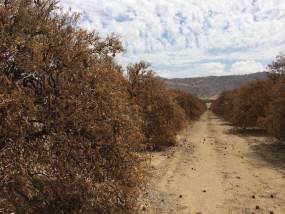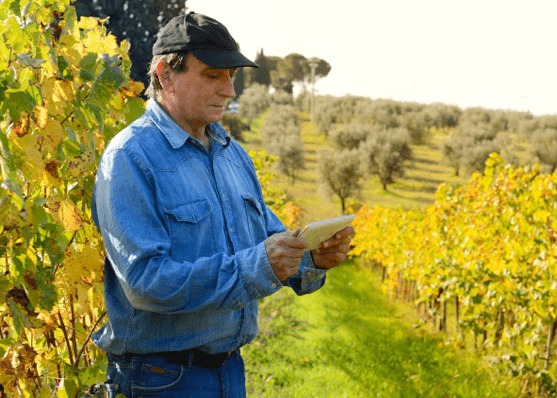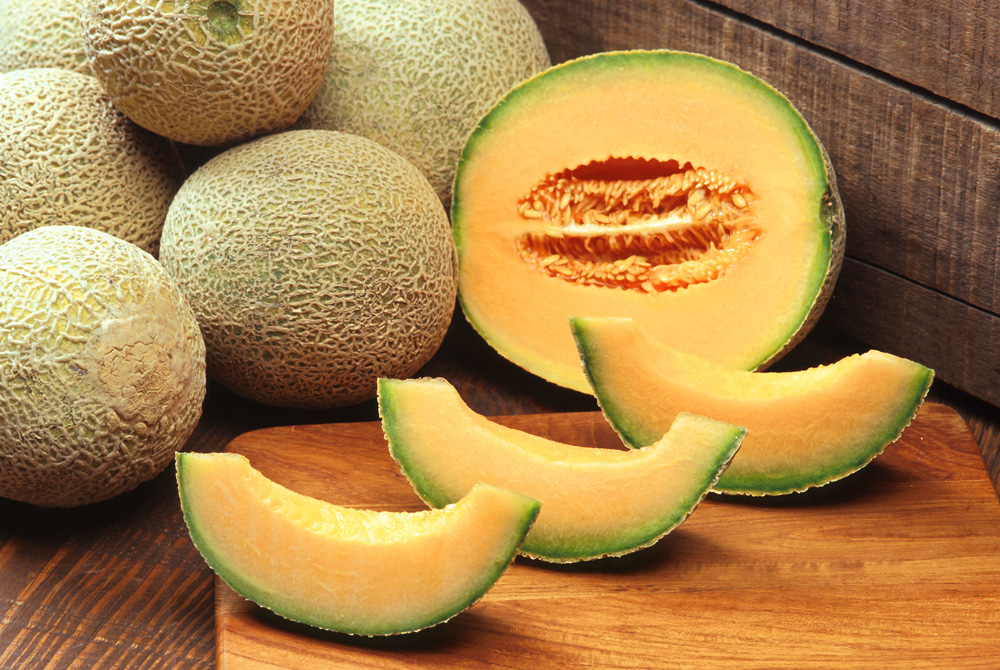The California State Water Resources Control board, elected officials and others frequently tout Australia as a model for managing limited water resources. Specifically, Australia’s long history of dealing with drought is seen as a way to help California avoid making the same mistakes – Australia has already been where California is heading. On August 16, […]
Central Valley Project Users Can’t Get a Break
WATER SUPPLIES ARE better than normal in Northern California, so why is it that Central Valley Project (CVP) water users can’t get a break? The water users in question are the farms and ranches in the San Joaquin Valley that rely on the federal Central Valley Project water conveyance system. They are set to receive […]
Brentwood Kids Care Club learn about water conservation
Brentwood Kids Care Club is a group of elementary school boys and girls, started by their moms, with the idea to teach their children the variety of ways everyone can contribute to making the world a better place. As the kids schedules start to fill with the many activities related to sports, dance, and school […]
Poll affirms Americans’ support for farm water
Poll affirms Americans’ support for farm water Americans have confirmed their support for farmers’ use of water to produce food and fiber during times of scarcity in a recent poll by AP-GfK. The drought now affecting California and other Western states has captured the public’s attention, with the majority of those polled (56 percent) noting […]
California groundwater pumping impacts preventable
CBS News recently focused on the impacts of groundwater pumping in California, but the causes were avoidable. Improving the reliability of surface water to avoid extracting groundwater from aquifers was a primary goal of California’s water projects. The reality is, California groundwater overdraft impacts were preventable. We applaud 60 Minutes for discussing the important issue […]
Cantaloupe
[audio src="/Content/FarmWaterMinute/Cantaloupe.mp3"]
California grows about 90% of the country’s cantaloupe melons every year.




